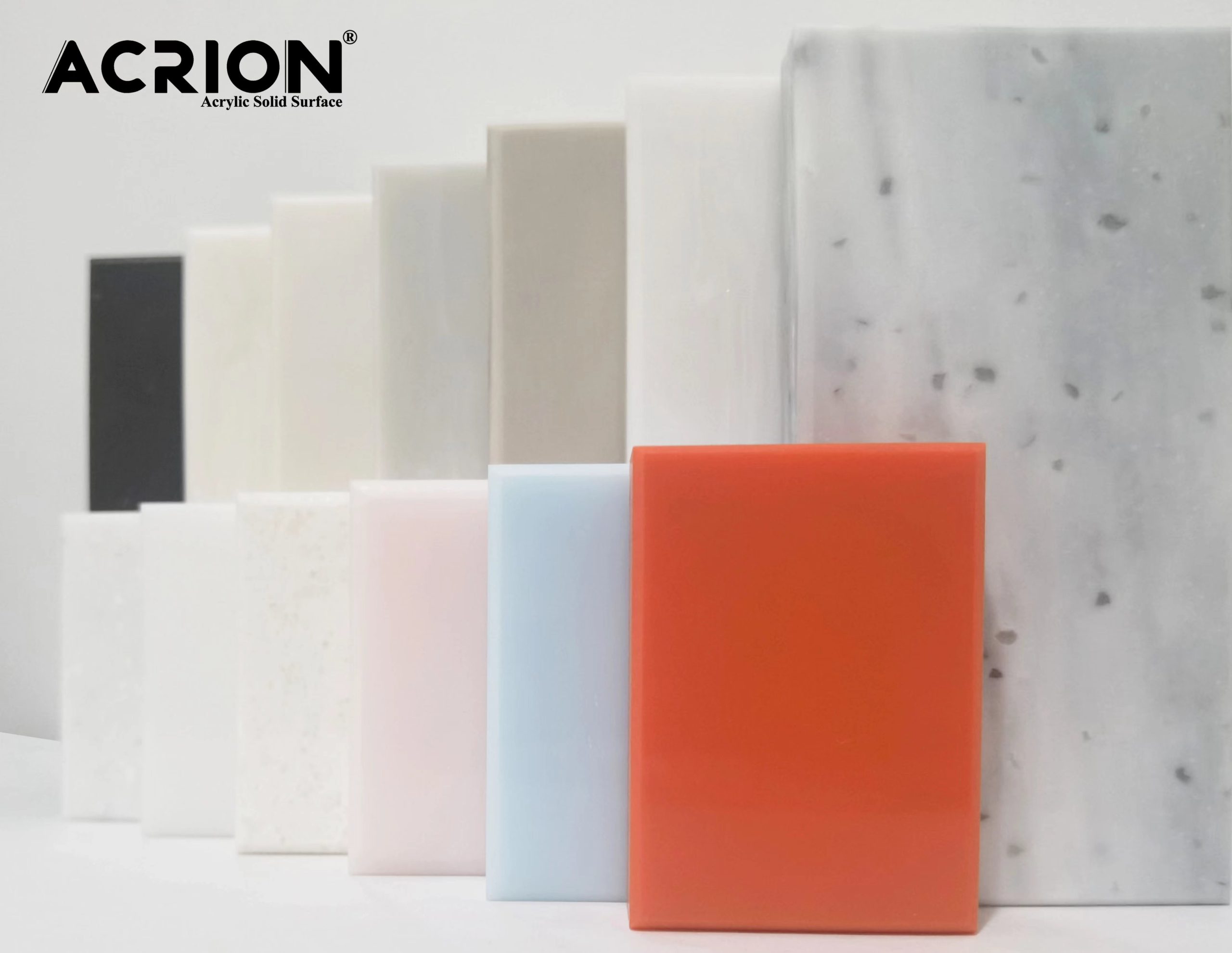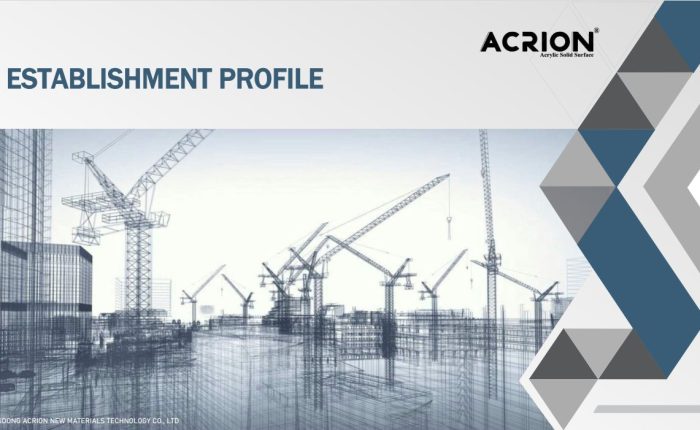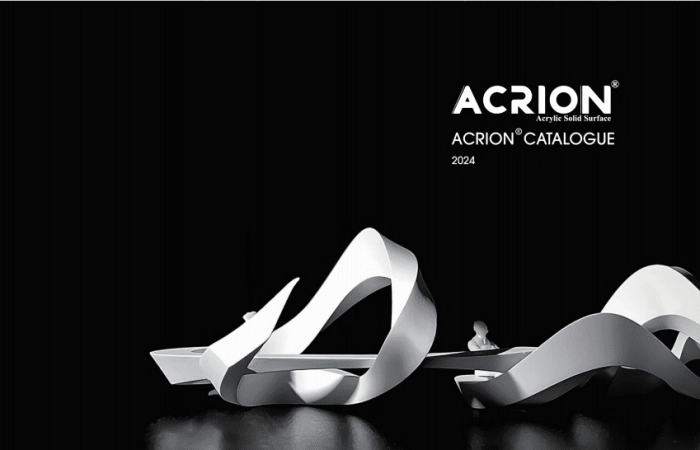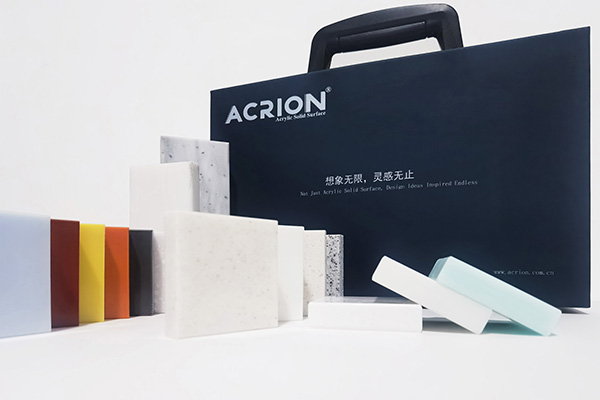O desempenho à prova d'água e o efeito à prova de umidade das superfícies sólidas acrílicas precisam ser analisados a partir de três dimensões: a estrutura química do material, o mecanismo de interação da interface e as características de interação ambiental. A sua eficácia protetora deve ser verificada em combinação com testes laboratoriais e cenários reais. A seguir está uma elaboração sistemática de três aspectos: fontes de desempenho, métodos de teste e modos de falha:
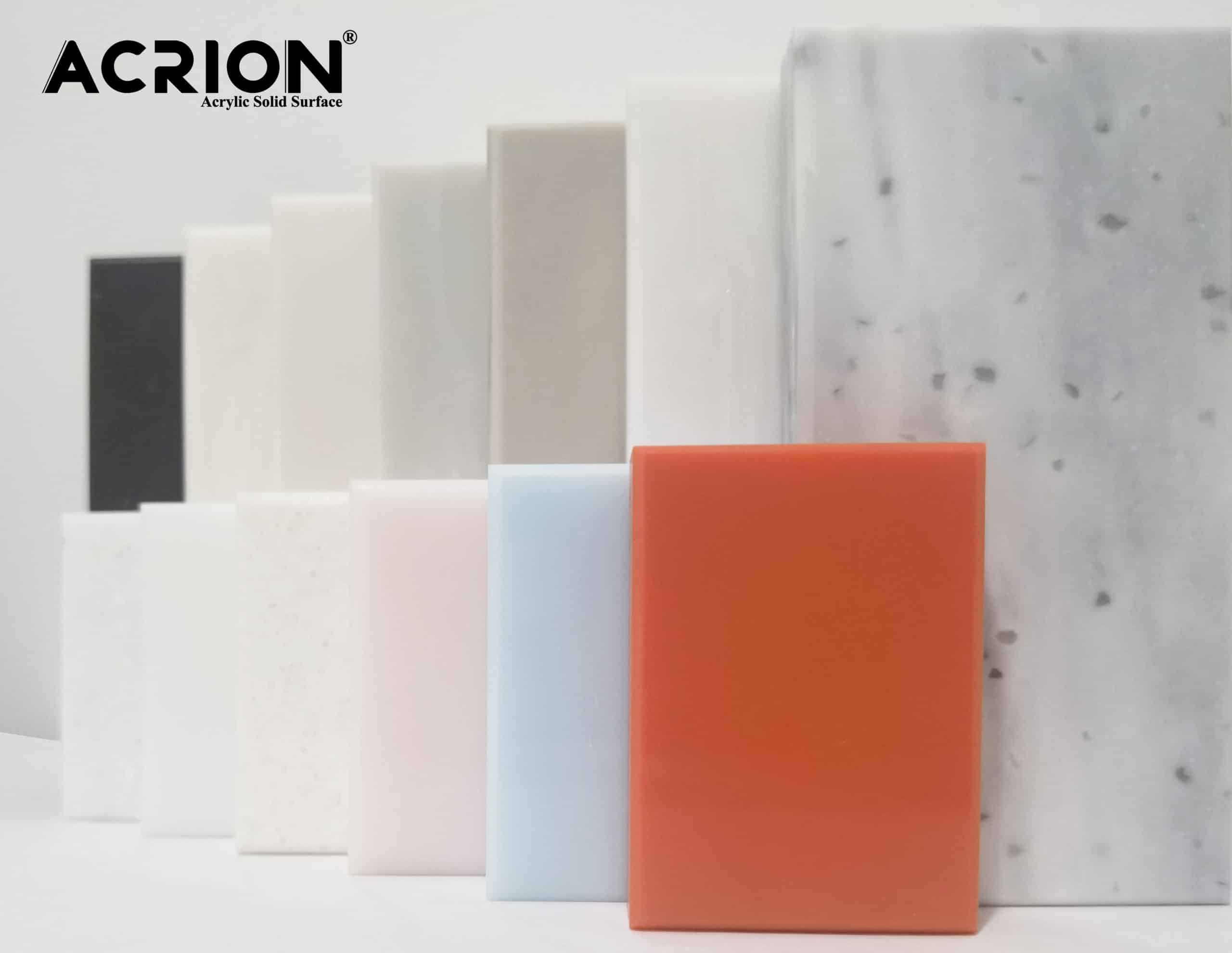
Primeiro, a base química e as características estruturais do desempenho à prova d'água
Características de baixa energia superficial
A diferença de polaridade entre o grupo éster (-COO-) e a cadeia alquílica (-CnH2n+1) na resina acrílica leva a uma força intermolecular relativamente fraca, dotando a superfície do revestimento com uma baixa energia superficial de 15-30 mN/m. Por exemplo, o ângulo de contato com a água do revestimento acrílico puro pode atingir 90°-105°, e as gotas de água na superfície apresentam um estado quase esférico, reduzindo significativamente a tendência de umedecimento.
Estrutura de rede reticulada
A rede reticulada tridimensional formada por monômeros multifuncionais (como o triacrilato de trihidroximetilpropano) pode impedir a penetração de moléculas de água. Por exemplo, um revestimento com densidade de reticulação de 80% pode ter sua taxa de absorção de água controlada abaixo de 0,5%, o que é muito inferior aos 3%-5% dos polímeros lineares.
Construção de estrutura micro-nano
Os efeitos superhidrofóbicos podem ser alcançados formando uma estrutura rugosa de 50-200 nm na superfície do revestimento através de separação de fases ou método de molde. Por exemplo, a introdução de microfases de fluoropolímero em revestimentos acrílicos pode aumentar o ângulo de contato com a água para mais de 150° e o ângulo de laminação para menos de 5°.
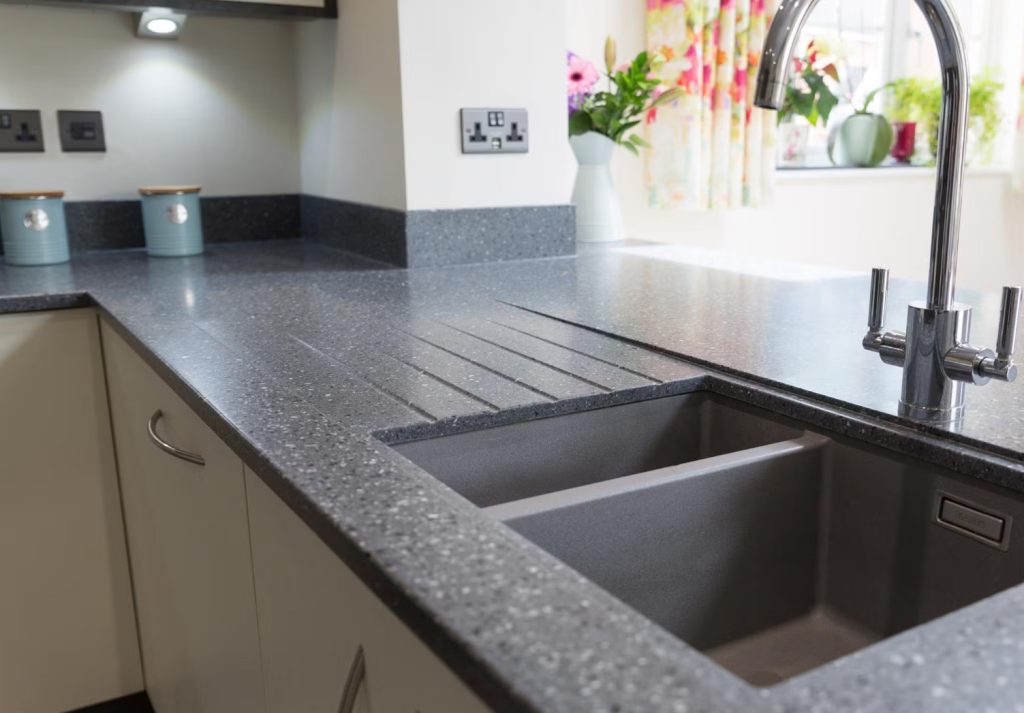
Em segundo lugar, o mecanismo e os fatores que influenciam o efeito à prova de umidade
Barreira de difusão de moléculas de água
A densa estrutura reticulada pode prolongar o caminho de difusão das moléculas de água. Por exemplo, em um ambiente de 85% de UR, a taxa de transmissão de vapor de água (WVTR) do revestimento reticulado pode ser tão baixa quanto 1 g/(m²·24h), enquanto a do revestimento não reticulado pode atingir 5 g/(m²·24h).
A adesão interfacial é equilibrada
A adesão entre o revestimento e o substrato precisa ser maior que a energia de adsorção das moléculas de água na interface. Por exemplo, quando a adesão atinge 3 MPa, pode resistir à penetração interfacial de moléculas de água na faixa de -20°C a 60°C, evitando o fenômeno de descolamento.
Adaptabilidade ambiental
As mudanças de temperatura afetarão o coeficiente de expansão do revestimento e a tensão superficial da água. Por exemplo, a -10°C, a energia cinética das moléculas de água diminui, o que pode intensificar a condensação nos microporos do revestimento. A 40°C, a pressão do vapor de água aumenta e é necessária uma densidade de reticulação mais alta para manter a resistência à umidade.
Terceiro, os métodos de teste para desempenho à prova d'água e à prova de umidade
Medição de ângulo de contato estático
Usando um medidor de ângulo de contato óptico, 2 μL de água deionizada foram colocados sob as condições de 25 ℃ e 50% UR, e as mudanças no ângulo de contato em 30 segundos foram registradas. Por exemplo, o ângulo de contato inicial do revestimento acrílico de alta qualidade pode atingir 100° e a mudança é inferior a 2° em 60 segundos.
Experimento dinâmico de absorção de água
Mergulhe a amostra revestida em água desionizada e pese-a regularmente para registar as alterações de qualidade. Por exemplo, após 24 horas de imersão, um revestimento com taxa de absorção de água inferior a 0,8% pode ser considerado como tendo boa resistência à água. Se a taxa de absorção de água exceder 2%, pode haver defeitos de microporos.
Teste de ciclo de alta umidade
Circule por 24 horas entre 85% UR e 40 ℃ e 25% UR e 20 ℃ por 100 vezes consecutivas. Observe se o revestimento apresenta bolhas, descoloração ou diminuição da adesão. Por exemplo, se a adesão não diminuir mais do que o grau 1 após a circulação (pelo método da grelha).
Teste de taxa de transmissão de vapor de água
De acordo com a norma ASTM E96, o WVTR foi determinado pelo método do copo ou pelo método do sensor infravermelho. Por exemplo, sob condições de 38°C e 90% de umidade relativa, os revestimentos com WVTR inferior a 2 g/(m²·24h) são adequados para cenários com altos requisitos de resistência à umidade.
Quarto, Modos de Falha e Estratégias de Melhoria
Defeitos de revestimento causam penetração
Buracos ou bolhas podem causar falhas locais na impermeabilização. Por exemplo, furos com diâmetro de 0,1 mm podem aumentar a taxa geral de absorção de água do revestimento em 30%. Os métodos de melhoria incluem a otimização do processo de pulverização (como aumentar a pressão de atomização para 0,3 MPa) ou a adoção de revestimento multicamadas.
A desvinculação da interface leva à falha
A adsorção de moléculas de água na interface revestimento-substrato enfraquecerá a adesão. Por exemplo, num substrato de betão, se não for realizado nenhum tratamento com primário, a adesão pode diminuir 40% após seis meses. As soluções incluem o uso de promotores de adesão ou o aumento da espessura do revestimento para mais de 150 μm.
A erosão química danifica a estrutura
Ambientes ácidos e alcalinos acelerarão a hidrólise do revestimento. Por exemplo, após ser imerso numa solução ácida com pH=2 durante 72 horas, a densidade de reticulação do revestimento pode diminuir em 25%. As direções de melhoria incluem a introdução de grupos resistentes à hidrólise (como os siloxanos) ou o aumento da dureza do revestimento para mais de 2H.
Quinto, verificação de cenários reais de aplicação
Proteção de parede externa de construção
Em áreas chuvosas é necessário verificar a resistência do revestimento à erosão pluvial. Por exemplo, através de um teste de pulverização simulando 10 anos de chuva (aproximadamente 3.000 mm), observe se o revestimento apresenta pó ou descascamento.
Embalagem de equipamentos eletrônicos
Para ambientes de alta umidade (como 85% UR, 85 ℃), é necessário testar o efeito protetor do revestimento na placa de circuito. Por exemplo, após um teste de 1000 horas, a resistência de isolamento da placa de circuito protegida pelo revestimento livre de umidade deverá permanecer acima de 10¹² Ω.
Anticorrosão de instalações subterrâneas
No cenário de infiltração de águas subterrâneas é necessário avaliar a resistência ao descolamento catódico do revestimento. Por exemplo, após ser mantido a um potencial de -1,5V durante 28 dias, o raio de descascamento entre o revestimento e o substrato metálico deve ser inferior a 5 mm.
